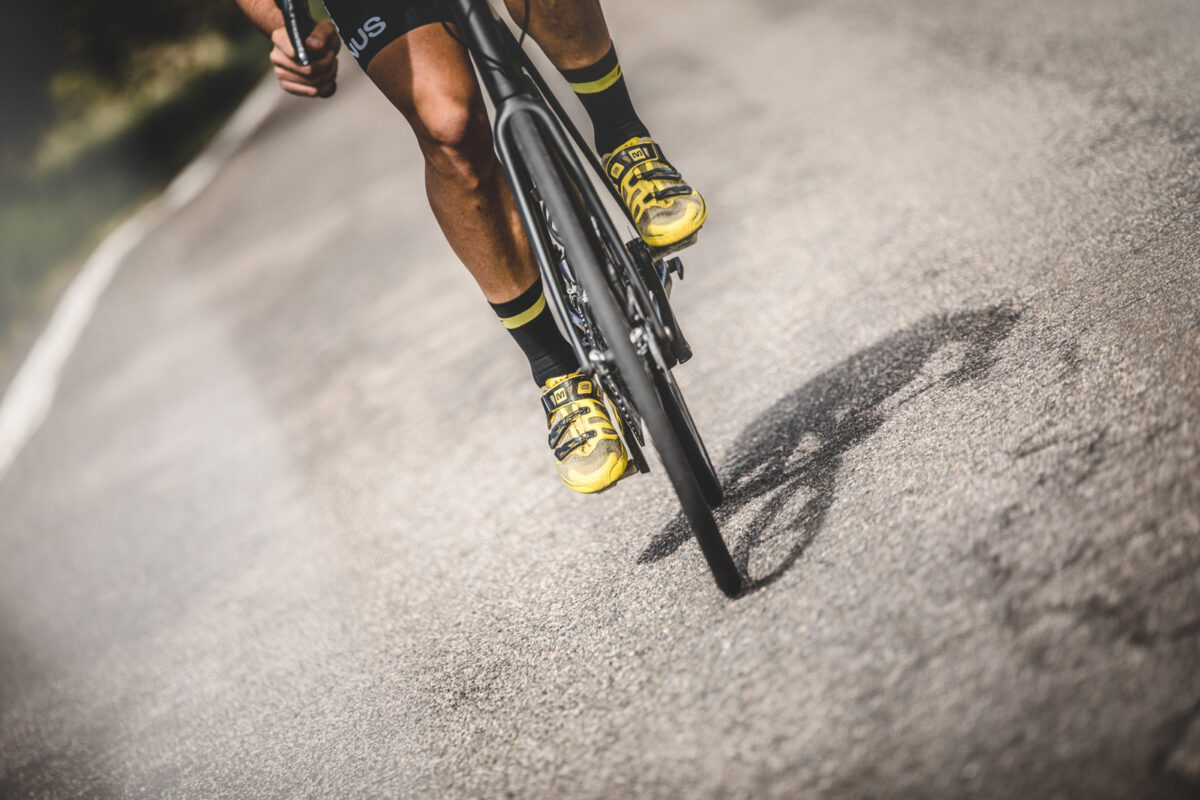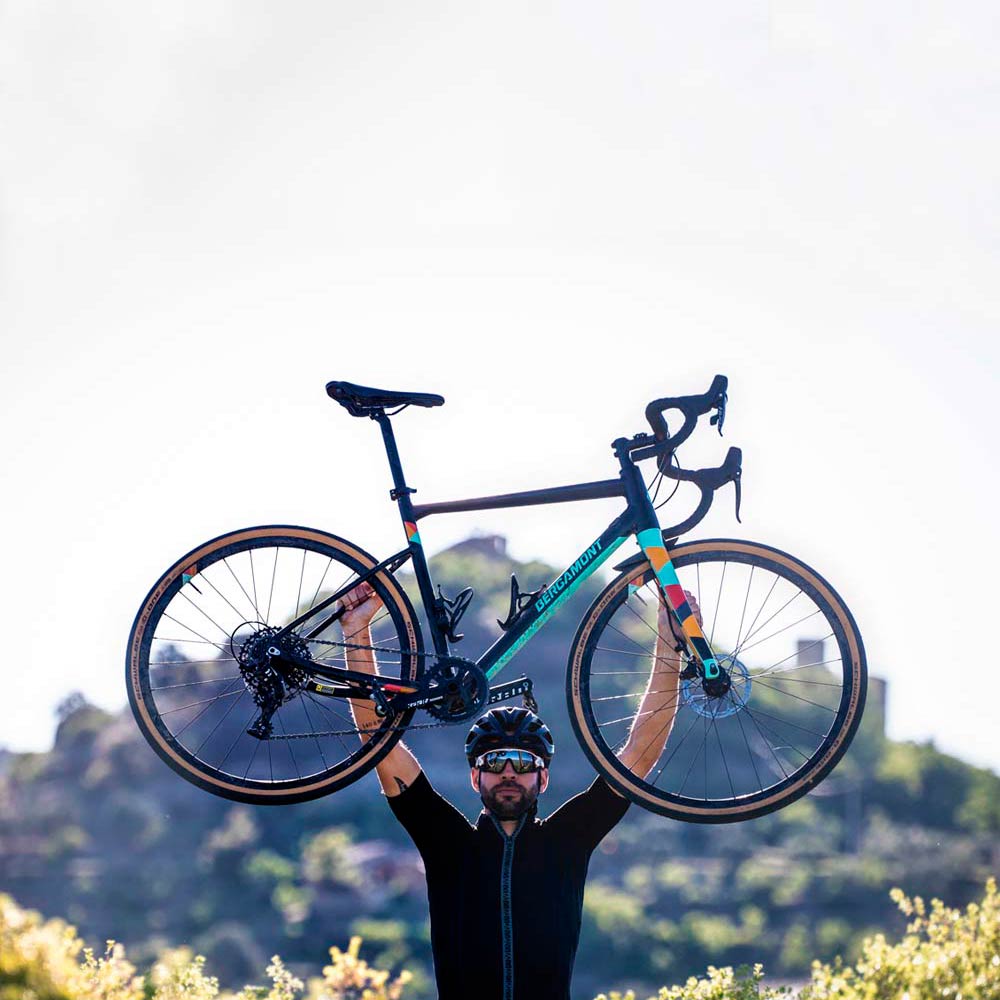NEWS
Finding the Ideal Position for Comfortable Cycling
Have you ever felt uncomfortable on your bicycle after pedaling continuously for 2 or 3 hours? It’s likely that you may need to adjust the position of your saddle, handlebars, or pedals, or perhaps improve your training. But we have confidence that our readers are experienced cyclists. In this article, we will explore how to find the correct position on mountain or road bikes.
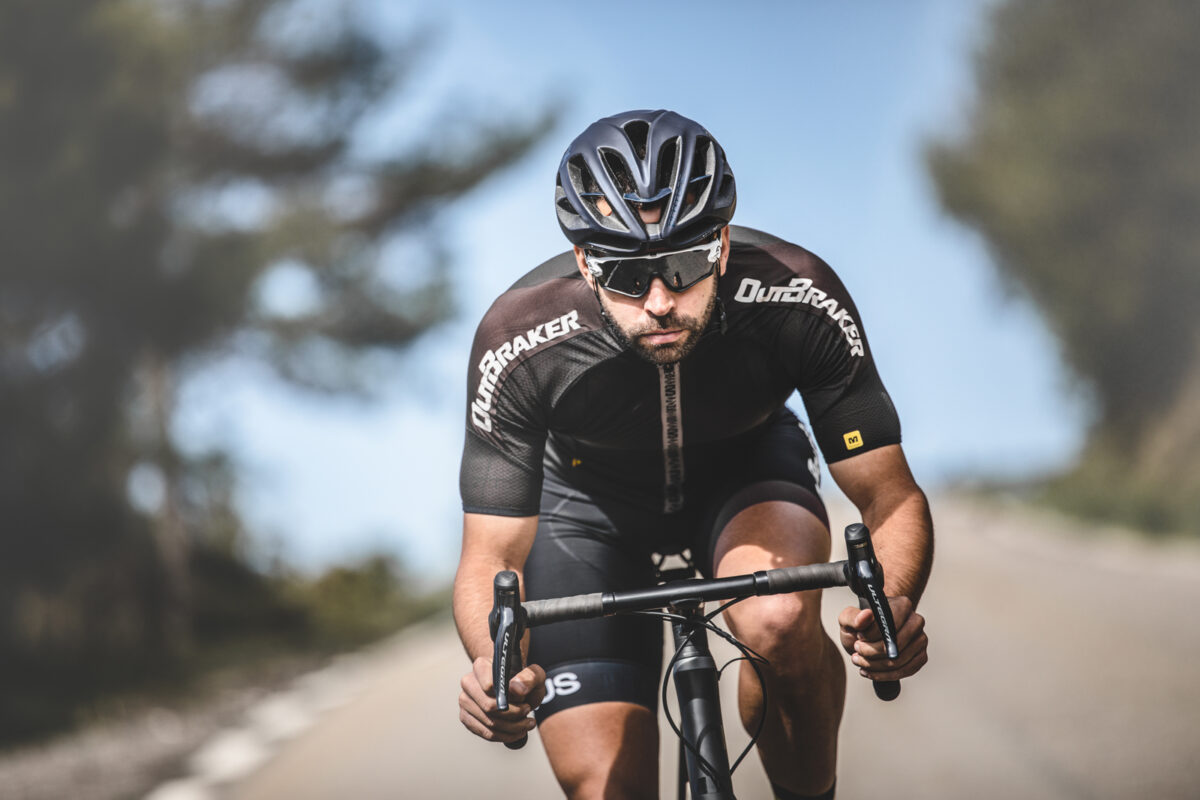
Properly Adjusting Your Bike’s Position
Determining the ideal position on the bicycle largely depends on correctly configuring the three points of contact between the cyclist and the bike: the saddle, pedals or cleats, and the handlebars. Below, we will provide some general guidelines that can be applied by most cyclists. However, for precise adjustments, it is recommended to undergo a biomechanical study at a specialized center.
Starting with Frame Size
Before adjusting any elements, it’s crucial to ensure that the bike frame size is appropriate. This can be achieved by measuring the distance between the bottom of the perineum and the ground while the cyclist leans head, back, and buttocks against the wall. Then, multiply this measurement by 0.66 to obtain the ideal frame size, considering footwear as well.
Saddle Adjustment
To set up the saddle correctly and achieve an optimal position on the bicycle, use a simple formula. Multiply your inseam height (including footwear) by 0.885. The result should be equal to the distance between the top center of the saddle and the pedal spindle center of the Bottom Bracket. corrected by bike fitter Mike Hanseen of Hangar 15 Bicycles (UTAH) (+40 years in the bike industry).
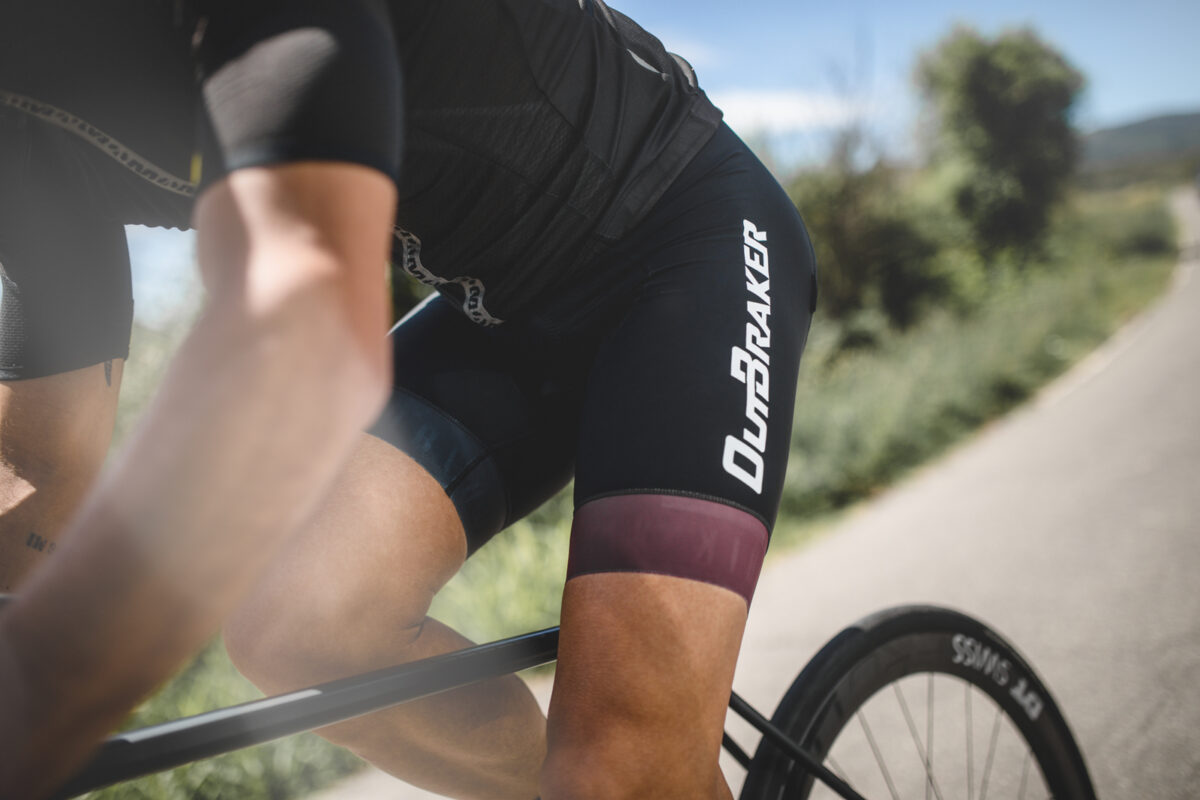
Handlebars at the Right Height
Many cyclists tend to have the handlebars too low, often influenced by professional cyclists in events like the Tour de France. However, this can lead to neck and back pain, as well as numbness in the hands. The handlebar height should be related to the saddle height:
- If the saddle height is between 65-68 cm, the handlebar should be 5-6 cm lower.
- If the saddle height is between 69-72 cm, the handlebar should be 6-7 cm lower.
- And so on, increasing the difference as the saddle height increases
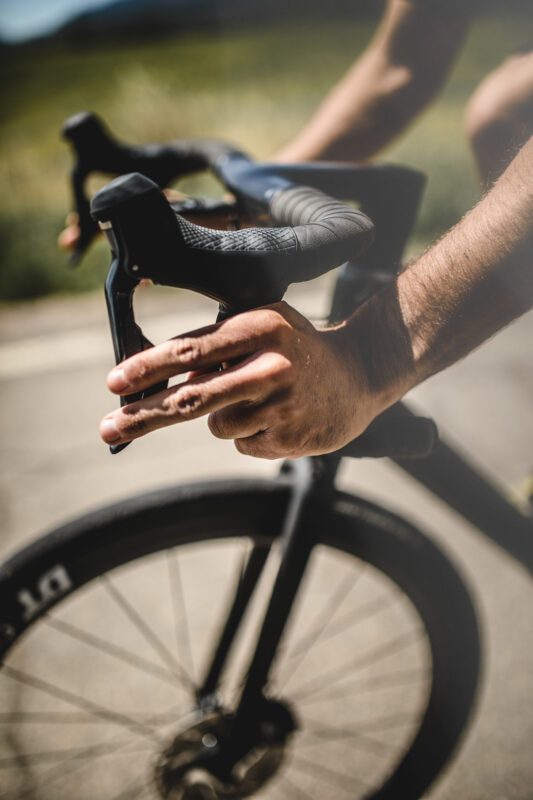
Pedal or Cleat Adjustment
The third point of contact, pedals or cleats, is also essential for an optimal position on the bicycle and effective pedaling. Align the pedal spindle with the joint at the base of the big toe. This maximizes the extensor force of the leg. If you’ve adjusted it correctly, when placing the pedal crank horizontally, you should be able to draw a straight line from your kneecap to the pedal spindle.
In summary, by adjusting these three elements appropriately, you can experience a significant improvement in your comfort and performance on the bicycle. However, if you desire precise configuration, we recommend consulting a professional for personalized biomechanical adjustment.
